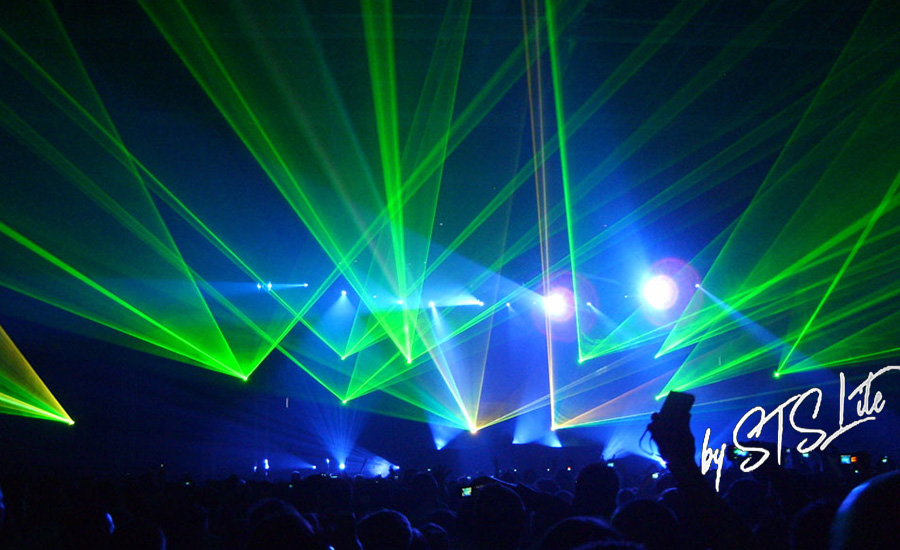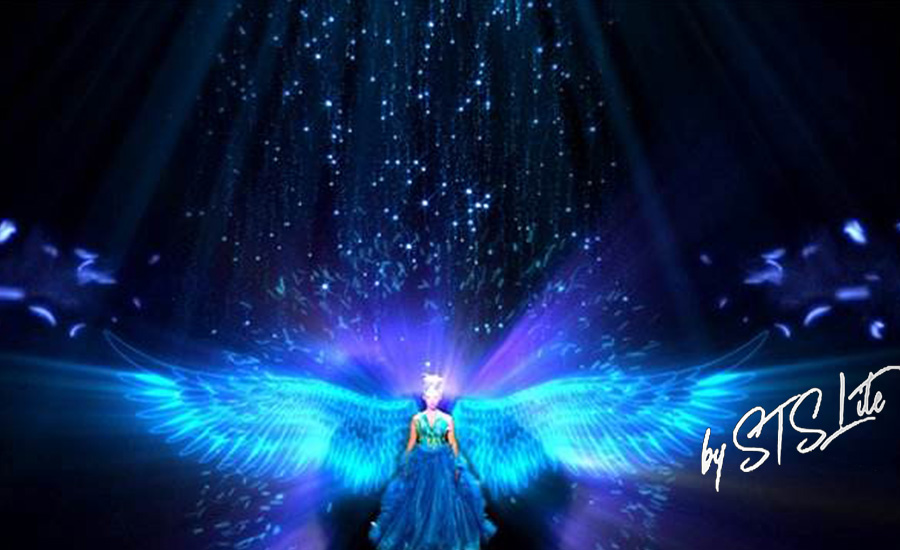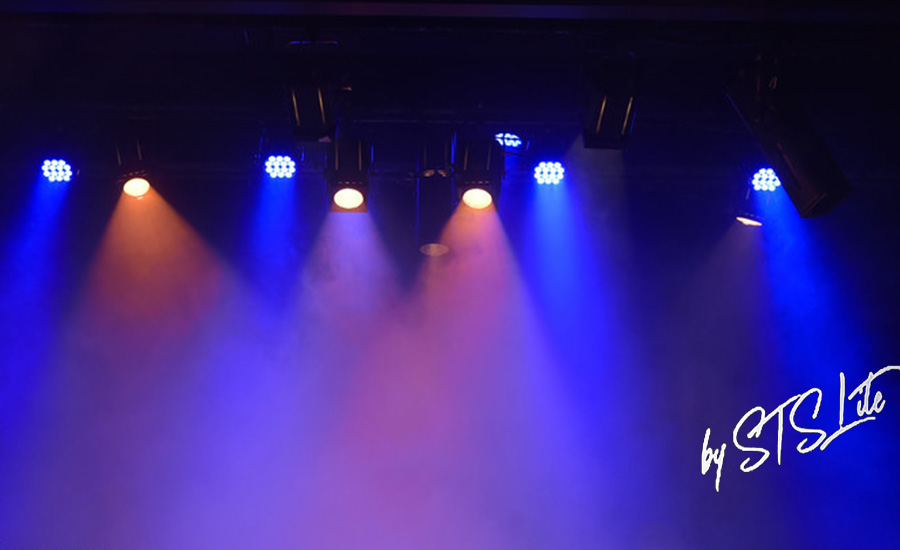Lighting design belongs to a class of high-end artistic creation mode, directly integrated into the whole stage of the stage performance. Therefore, in order to present the rich artistic charm of stage performances, smoothly connect different scenes, carefully reflect the individual characteristics of various characters, and create a rich emotional atmosphere, it is necessary to carry out strict lighting design and presentation.

(1) Interpret the script carefully and clarify the content and form of the performance
In order to present stage lighting art vividly and vividly, it is necessary to make preparations in advance, including delving into the content of the script and the form of performance. Only in this way can you quickly confirm the essentials of the performance style and stage lighting. That is, to grasp the essential characteristics of stage lighting based on the content of the script's theme, role ideas and behavior conflicts, and then design targeted lighting changes in accordance with the changing rhythm of the storyline. (2) Communicate with the director with great concentration to understand the performance process and lighting requirements
The director is the conceitor who controls the entire stage performance. He knows the plot and connotation of the drama best. He is diligent in interacting with the director and can clarify his inner purpose and emotional characteristics in time. Then he knows that the performance should be presented separately. What kind of scene is convenient for the subsequent creation of appropriate stage lighting effects; then, it is to match special lamps based on the character's personality characteristics, etc., to further enhance the three-dimensional sense of the character and reflect the complex emotions between the characters.
In addition, listening more to the director’s idea of the script can also enable lighting designers to continuously gain inspiration, so as to innovate lighting design ideas in time, presenting a more perfect stage lighting, and rendering a more vivid and lifelike atmosphere.
(3) Actively cooperate with stage design designers and various main creative personnel to enhance the pertinence of lighting design
The scenery and lighting in the stage always maintain a mutually dependent, interactive and coordinated relationship, so that the audience can be given a richer visual effect. In order to achieve this kind of goal, before formally designing the stage lighting, it is best for the lighting designer to actively communicate and cooperate closely with the stage designer and the main creative staff, so as to be familiar with all the props and materials used in the scene layout, and know the costume props and actors Details such as makeup and order of appearance. Then, orderly stage lighting design and changing details are presented, which vividly excavate and release the various plots in the script and the inner emotions of the characters one by one, causing the audience to think deeply.

Optimization aspects of stage lighting theater effects
The stage is like a scroll of beautiful and moving pictures, and the stage lighting is like a brush, and its meaning is to penetrate deeply into the complex emotions contained in the script, restore the time environment in which the story occurred, and shape it more vividly and concretely. The images of different characters give the audience a refreshing and immersive feeling. This kind of conversion mode is actually the process of running through and following the language carrier, that is, the unique vocabulary of stage lighting. The purpose is to stimulate the performance function of stage lighting in all directions, so that the light can change flexibly with the plot and emotions, so as to better Reveal the subject. Reinhardt once explained that drama is not an engine that goes straight from the prologue to the end, but a kind of living organism. This sentence clarifies that the lighting art in the stage is alive. As a designer, not only must he consider how to cooperate with the lighting for modeling and art, but also ensure that it will not conflict with the scene setting, environmental space style, etc. It can make the stage and lighting blend into one, and make the performance of the actors come alive.
After all, stage performances involve multiple links, each of which contains distinct themes. Therefore, when designing the lighting for these links separately, pay attention to giving differentiated light perception based on the theme characteristics, and pay attention to the lighting during the switching process. The color and the theme have the same meaning, increasing the artistic expression of the entire stage performance. During the use of stage lighting to create scenes and performance plots, as a designer, three details need to be taken care of, corresponding to figures, objects, and lyrical emotions. For example, in the process of designing the stage performance of "Tristan and Isolda", Apiah chose to set up a huge torch in the center of the stage, so that the originally narrow stage space was flooded with light, so that the audience could clearly Observed any subtle expressions and movements of the actor, but the light did not weaken the luster of the torch and the impact of the projection. Instead, a hazy situation was created through the edge of the stage, and the shape of the tree was drawn with the help of a dim line When the audience’s vision adapts, they can clearly discover the wall of the building and the stage in front of it, providing a guarantee for the subsequent plot connection, the main theme of the script, and the enhancement of the aesthetic function of the stage picture. In the final analysis, the stage pictures created with the help of lighting design are not unconstrained, and they need to reflect special dramatic connotations within a specific range.
What the designer has to do is to make overall arrangements for the light, color, shadow and other elements of the stage lighting itself, further reorganize a series of visual images, and ingeniously integrate with other theatrical factors, so as to drive the performance of the actors and the participation of the audience. Behavior, forming the deep interaction between the two.

3. Conclusion
In summary, during the stage lighting design, the principles of in-depth, meticulous, and specific performance must be implemented. That is to say, during the period from conception to plot performance, the lighting should be studied and imagined in a planned way, creating the era background of different dramas and the emotional tone between different characters, thereby affecting the mood of the audience. To sum up, stage lighting is not an isolated art. To create a more shocking picture, not only rely on rich creativity, but also repeatedly experiment and deliberation, so as to connect the rest of the elements. I believe that through the modernization of science and technology in our country and the diversified influence of stage expressions, stage lighting art is bound to show more possibilities. After learning and promoting each other with various theater performances, it will open up a broader and more artistically charming stage space.